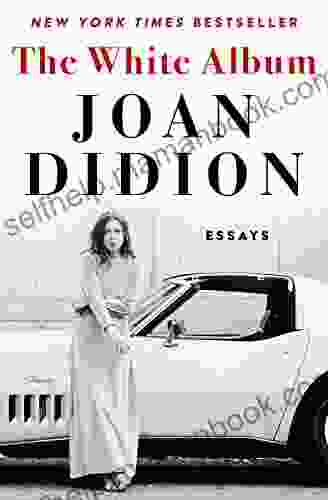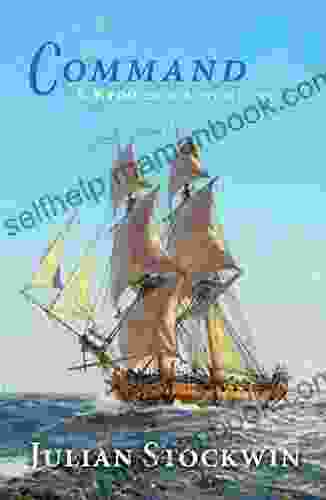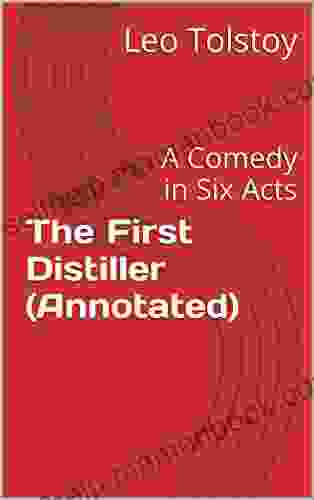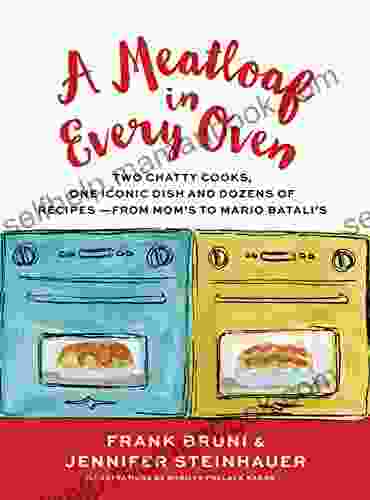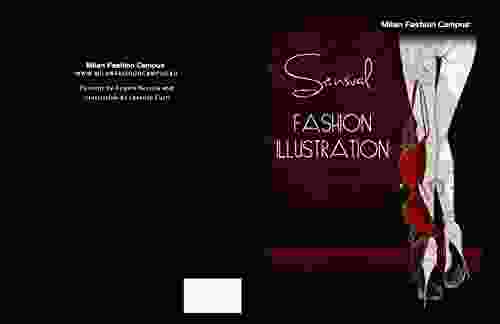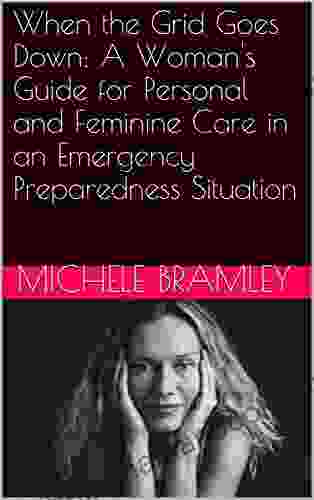Exploring the Cultural Landscape of America Through Joan Didion's "The White Album"

Published in 1979, Joan Didion's "The White Album" is a collection of essays that delve into the tumultuous cultural and political climate of America during the 1960s and 1970s. Through a series of fragmented and personal observations, Didion explores the unraveling of the American dream, the emergence of countercultural movements, and the complexities of her own identity as a woman and a writer.
Themes
Loss and Fragmentation
A central theme throughout "The White Album" is the experience of loss and fragmentation. Didion's essays often focus on moments of personal and collective trauma, such as the assassination of Robert F. Kennedy and the Manson murders. She captures the sense of disillusionment and disorientation that permeated American society during this period, as traditional values and beliefs were called into question.
4.6 out of 5
| Language | : | English |
| File size | : | 3547 KB |
| Text-to-Speech | : | Enabled |
| Screen Reader | : | Supported |
| Enhanced typesetting | : | Enabled |
| X-Ray | : | Enabled |
| Word Wise | : | Enabled |
| Print length | : | 222 pages |
| Lending | : | Enabled |
The Search for Identity
In addition to loss, Didion's essays also grapple with the complexities of identity. She examines her own role as a woman in a male-dominated world and explores the ways in which societal expectations shape and limit individual expression. Through her personal experiences and observations, Didion challenges traditional notions of identity and argues for the possibility of a fluid and multifaceted self.
The Media and Cultural Narratives
Didion pays close attention to the role of the media in shaping cultural narratives. She argues that the media has the power to both reflect and amplify societal fears and anxieties. By analyzing news reports, interviews, and personal accounts, she reveals the ways in which media coverage can influence public opinion and shape our understanding of reality.
Style
Fragmented Narratives
One of the most striking features of "The White Album" is its use of fragmented narratives. Didion eschews traditional linear storytelling in favor of a series of short, disjointed essays that often jump between different time periods and perspectives. This fragmented style reflects the fractured state of American society during the 1960s and 1970s.
Personal and Impersonal Voice
Didion's writing style combines both personal and impersonal perspectives. She frequently draws on her own experiences and observations to illustrate her arguments, but she also maintains a distance from her subjects, allowing the reader to draw their own s. This combination of personal and impersonal voice creates a unique and compelling narrative style.
Lyrical Language
Despite the fragmented and non-linear nature of her essays, Didion's writing is characterized by its lyrical language and evocative imagery. She uses precise and striking language to paint vivid pictures of the people and places she encounters. Her prose is often hauntingly beautiful, even when it deals with difficult or disturbing subject matter.
Significance
Cultural Legacy
Since its publication, "The White Album" has become a classic work of American literature. Its essays have been widely anthologized and studied, and Didion's insights into American culture continue to resonate with readers today. The book has been praised for its honesty, originality, and its ability to capture the zeitgeist of a tumultuous era.
Influence on New Journalism
"The White Album" is considered a seminal work of the New Journalism movement, which emerged in the 1960s and 1970s. This style of journalism sought to combine the techniques of fiction with the reporting of facts, resulting in a more subjective and personal form of non-fiction writing. Didion's essays exemplify this approach, blending personal experience with historical analysis and cultural commentary.
Personal and Political Resonances
Beyond its literary merit, "The White Album" also has significant personal and political resonances. Didion's essays offer a glimpse into her own psyche as she navigates the challenges of her time. They also provide a valuable historical document, capturing the social and political upheavals that defined the 1960s and 1970s in America.
Joan Didion's "The White Album" is a challenging and rewarding work of literature that offers a profound exploration of the cultural landscape of America during a time of great uncertainty and transformation. Through its fragmented narratives, lyrical language, and personal insights, the book captures the loss and fragmentation, the search for identity, and the role of the media in shaping cultural narratives. As a classic work of American literature, "The White Album" continues to resonate with readers today, providing a valuable lens through which to understand the complexities of our own time.
4.6 out of 5
| Language | : | English |
| File size | : | 3547 KB |
| Text-to-Speech | : | Enabled |
| Screen Reader | : | Supported |
| Enhanced typesetting | : | Enabled |
| X-Ray | : | Enabled |
| Word Wise | : | Enabled |
| Print length | : | 222 pages |
| Lending | : | Enabled |
Do you want to contribute by writing guest posts on this blog?
Please contact us and send us a resume of previous articles that you have written.
 Top Book
Top Book Novel
Novel Fiction
Fiction Nonfiction
Nonfiction Literature
Literature Paperback
Paperback Hardcover
Hardcover E-book
E-book Audiobook
Audiobook Bestseller
Bestseller Classic
Classic Mystery
Mystery Thriller
Thriller Romance
Romance Fantasy
Fantasy Science Fiction
Science Fiction Biography
Biography Memoir
Memoir Autobiography
Autobiography Poetry
Poetry Drama
Drama Historical Fiction
Historical Fiction Self-help
Self-help Young Adult
Young Adult Childrens Books
Childrens Books Graphic Novel
Graphic Novel Anthology
Anthology Series
Series Encyclopedia
Encyclopedia Reference
Reference Guidebook
Guidebook Textbook
Textbook Workbook
Workbook Journal
Journal Diary
Diary Manuscript
Manuscript Folio
Folio Pulp Fiction
Pulp Fiction Short Stories
Short Stories Fairy Tales
Fairy Tales Fables
Fables Mythology
Mythology Philosophy
Philosophy Religion
Religion Spirituality
Spirituality Essays
Essays Critique
Critique Commentary
Commentary Glossary
Glossary Bibliography
Bibliography Index
Index Table of Contents
Table of Contents Preface
Preface Introduction
Introduction Foreword
Foreword Afterword
Afterword Appendices
Appendices Annotations
Annotations Footnotes
Footnotes Epilogue
Epilogue Prologue
Prologue Harriet S Selverstone
Harriet S Selverstone Robert J Manley
Robert J Manley Ardent Graham
Ardent Graham Anna Garnet
Anna Garnet David Blum
David Blum Tom Fields Meyer
Tom Fields Meyer Robert J Crane
Robert J Crane Paul Crickard Iii
Paul Crickard Iii Megan Jacobs
Megan Jacobs Gustav Mahler
Gustav Mahler Julie Evans
Julie Evans Naomi Judd
Naomi Judd John Etzil
John Etzil Georg Ebers
Georg Ebers Kimberley Montpetit
Kimberley Montpetit Tero Isokauppila
Tero Isokauppila Yuri Kitayama
Yuri Kitayama Amanda Vickery
Amanda Vickery Naomi Shihab Nye
Naomi Shihab Nye Timothy Andrews Sayle
Timothy Andrews Sayle
Light bulbAdvertise smarter! Our strategic ad space ensures maximum exposure. Reserve your spot today!
 Justin BellFollow ·7.7k
Justin BellFollow ·7.7k Bret MitchellFollow ·19.6k
Bret MitchellFollow ·19.6k Samuel Taylor ColeridgeFollow ·11.5k
Samuel Taylor ColeridgeFollow ·11.5k Brady MitchellFollow ·18.3k
Brady MitchellFollow ·18.3k Charlie ScottFollow ·8.4k
Charlie ScottFollow ·8.4k Osamu DazaiFollow ·9.6k
Osamu DazaiFollow ·9.6k Edmund HayesFollow ·18.7k
Edmund HayesFollow ·18.7k Felipe BlairFollow ·19.3k
Felipe BlairFollow ·19.3k
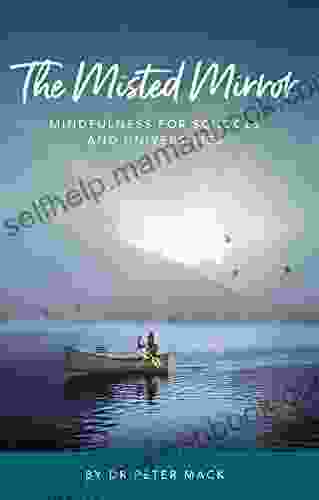
 Boris Pasternak
Boris PasternakThe Misted Mirror: Mindfulness for Schools and...
What is The Misted...
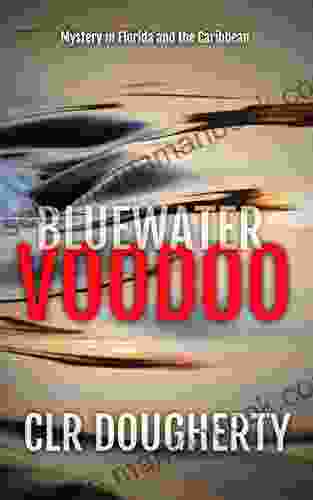
 Holden Bell
Holden BellEmbark on Thrilling Adventures in the Uncharted Depths of...
Unveiling the Enchanting...
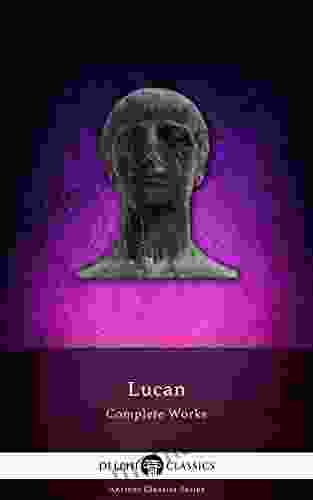
 Seth Hayes
Seth HayesDelphi Complete Works of Lucan: Illustrated Delphi...
This meticulously edited...

 Jackson Hayes
Jackson HayesThe Enigmatic Cat Burglar: Unraveling the Intriguing...
In the annals of crime, the name Bernie...
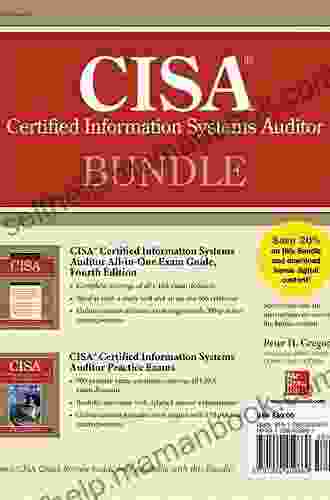
 Quentin Powell
Quentin PowellAligned With The Cisa Review Manual 2024 To Help You...
The CISA Review Manual 2024 is the most...

 Austin Ford
Austin FordUnlocking Revenue Potential: A Comprehensive Business...
In today's digital...
4.6 out of 5
| Language | : | English |
| File size | : | 3547 KB |
| Text-to-Speech | : | Enabled |
| Screen Reader | : | Supported |
| Enhanced typesetting | : | Enabled |
| X-Ray | : | Enabled |
| Word Wise | : | Enabled |
| Print length | : | 222 pages |
| Lending | : | Enabled |


